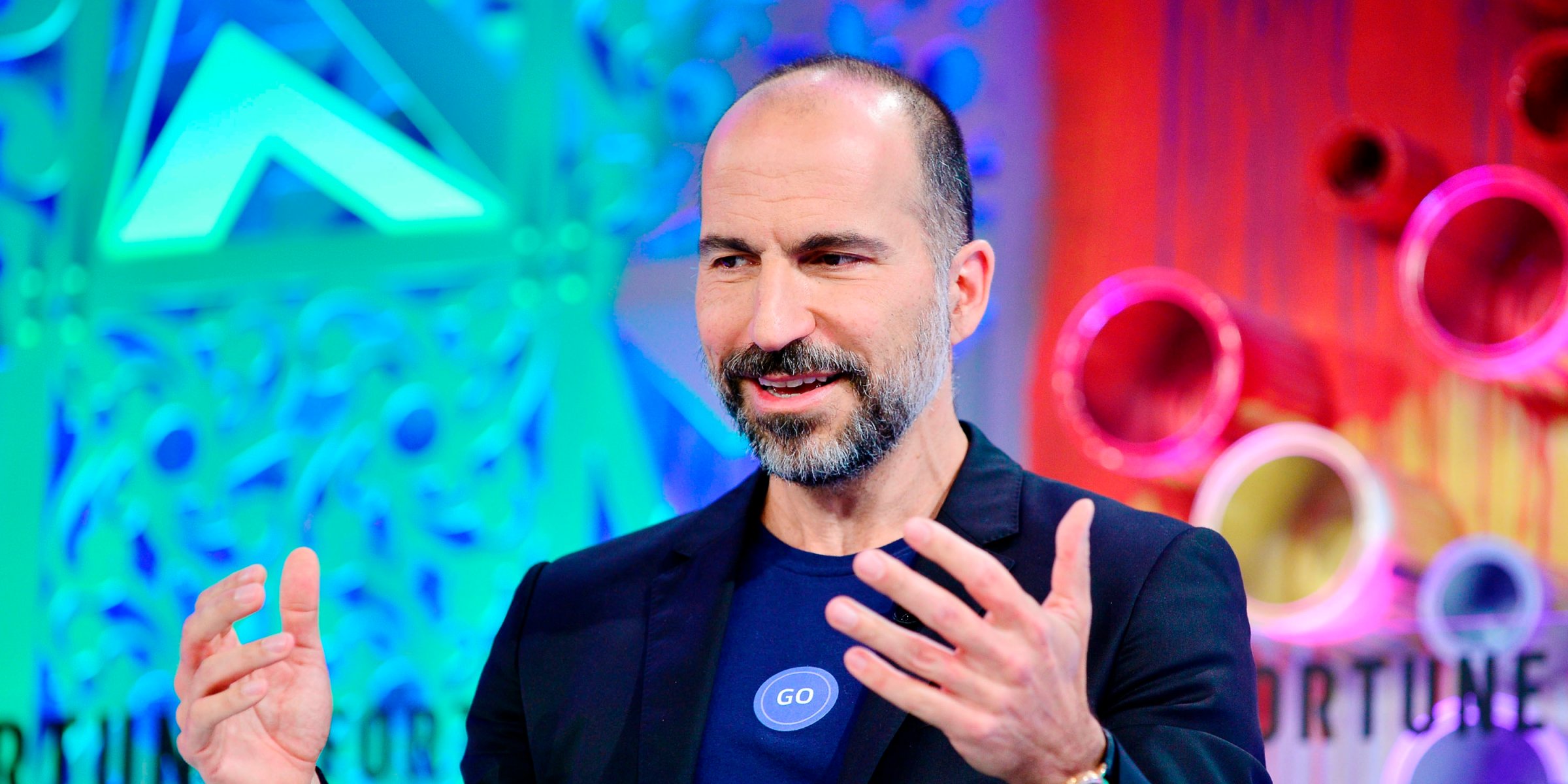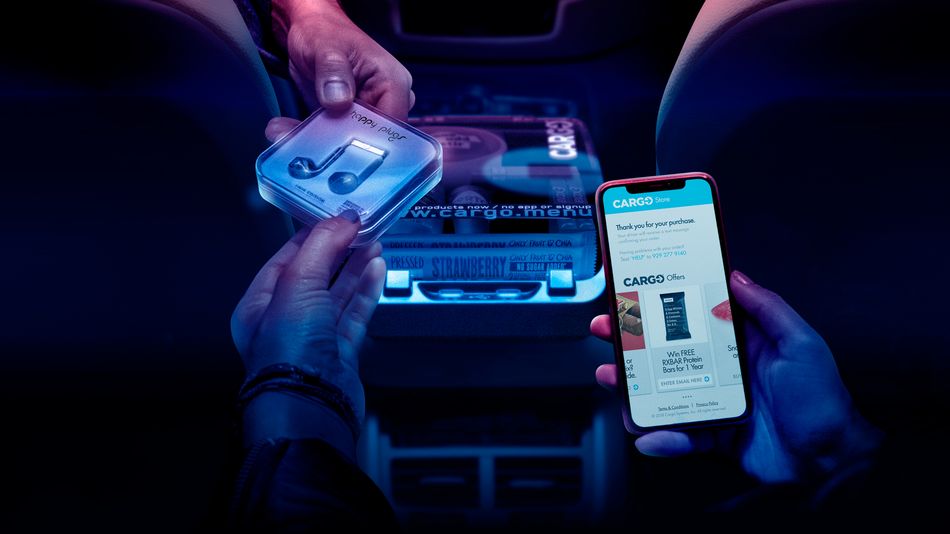Uber announced Monday that it had sold its Indian food-delivery service to competitor Zomato for a 9.99% stake. Shares of Uber surged as much as 6% Tuesday. Offloading parts of the business that are not profitable brings Uber closer to its goal of being profitable on an Ebitda basis by 2021. Watch Uber trade live… Continue reading Uber surges 6% after offloading its Indian food-delivery business (UBER)
Tag: Uber
China’s startup funding slump hits early-stage businesses
SHANGHAI/TOKYO — Chinese startups are facing an increasingly tough financing landscape after data showed a slide in the amount raised last year as investors shift to backing companies with track records. Chinese startups raised 774.1 billion yuan ($112 billion) in 2019, down nearly 36% from a year ago, according to Jingdata, a unit of an… Continue reading China’s startup funding slump hits early-stage businesses
Uber experiment lets California drivers set their own fares
Sponsored Links SIPA USA/PA Images Uber is testing another new feature in what is presumably a bid to help mitigate the restrictions of Assembly Bill 5, which requires the company to treat its drivers as employees, not independent contractors. Some drivers in California will now have the ability to set their own fares, which could… Continue reading Uber experiment lets California drivers set their own fares
Equity: Uber sells its Eats business in India, Qonto raises, and Tesla says no
Good morning, friends, and welcome back to TechCrunch’s Equity Monday, a short-form audio hit to kickstart your week. Equity’s regular, long-form shows still land each and every Friday, including this entry from just a few days ago. This morning, coming to you early from the frozen tundra of the American East Coast, it’s Tuesday. That’s… Continue reading Equity: Uber sells its Eats business in India, Qonto raises, and Tesla says no
African fintech firm Flutterwave raises $35M, partners with Worldpay
San Francisco and Lagos-based fintech startup Flutterwave has raised a $35 million Series B round and announced a partnership with Worldpay FIS for payments in Africa. With the funding, Flutterwave will invest in technology and business development to grow market share in existing operating countries, CEO Olugbenga Agboola — aka GB — told TechCrunch. The company will… Continue reading African fintech firm Flutterwave raises $35M, partners with Worldpay
UPDATE 1-Uber tests feature allowing some California drivers to set fares
FILE PHOTO: Uber’s logo is pictured at its office in Bogota, Colombia, December 12, 2019. REUTERS/Luisa Gonzalez/File Photo (Reuters) – Uber Technologies Inc on Tuesday said it is testing a feature that allows some drivers in California to set their own fares, hoping the change will help it show that its drivers are independent contractors… Continue reading UPDATE 1-Uber tests feature allowing some California drivers to set fares
Meet the Sony Electric Car (Yes, From the PlayStation People)
The biggest surprise at CES 2020, at least for us, wasn’t some game-changing foldable smartphone or a robot that can wash the dishes for you. Instead Sony, a company that’s famous for making consumer electronics like the PlayStation and Walkman, and for starting the mirrorless DSLR trend, announced a car. It’s a battery-electric vehicle called… Continue reading Meet the Sony Electric Car (Yes, From the PlayStation People)
Uber sells food delivery business in India to Zomato
Uber said on Tuesday it has sold its food delivery business, Uber Eats, in India to local rival Zomato as the American ride-hailing giant races to shed lossmaking operations to become profitable by next year. As part of the deal, Uber would own 9.99% of Zomato and its Eats users would become part of the… Continue reading Uber sells food delivery business in India to Zomato
Uber: Zomato Acquires Uber’s Food Delivery Business in India
GURGAON, India–(BUSINESS WIRE)–Zomato, one of the largest food apps in India, announced today that it has acquired Uber’s food delivery business in India in an all-stock transaction, which gives Uber 9.99% ownership in Zomato. Deepinder Goyal, CEO of Zomato, commented: “We are proud to have pioneered restaurant discovery and to have created a leading food… Continue reading Uber: Zomato Acquires Uber’s Food Delivery Business in India
Uber’s vending machines didn’t work, so now cars are moving billboards – Mashable
Well that didn’t work.Image: cargo By Sasha Lekach2020-01-18 19:13:42 UTC The convenience of grabbing a pair of earbuds or a late-night bag of chips from within your Uber ride has worn off. In-car vending machines — as the snack boxes from companies like Cargo and Vendy were called — in your Uber or Lyft have… Continue reading Uber’s vending machines didn’t work, so now cars are moving billboards – Mashable




